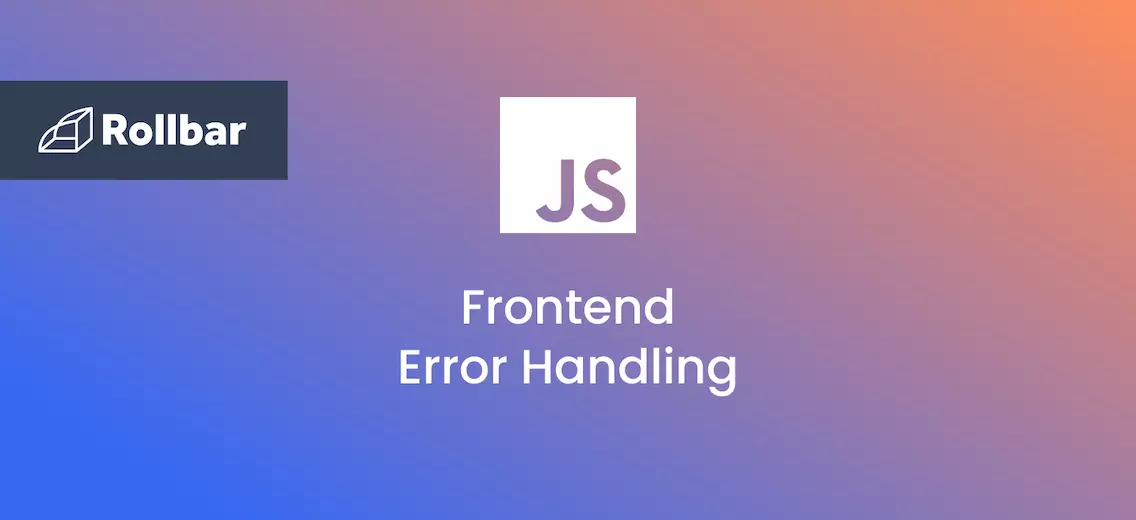How Javascript exception handling works. Try Catch Throw
Throw, and Try...Catch...Finally
The try statement defines a code block to run (to try).
The catch statement defines a code block to handle any error.
The finally statement defines a code block to run regardless of the result.
The throw statement defines a custom error.
Example Javascript exceptionExample Javascript exception
In this example we misspelled "alert" as "allert" to deliberately produce an error:
try {
allert("Welcome to this test!");
}
catch(err) {
document.getElementById("pDemo").innerHTML = err.message;
}
Implementing the Rollbar Javascript SDK helps speed up the error resolution flow. Here is the code example:
try {
allert("Welcome to this test!");
}
catch(err) {
Rollbar.error(err);
document.getElementById("pDemo").innerHTML = err.message;
}
Track, Analyze and Manage Errors With Rollbar
Managing errors and exceptions in your code is challenging. It can make deploying production code an unnerving experience. Being able to track, analyze, and manage errors in real-time can help you to proceed with more confidence. Rollbar automates error monitoring and triaging, making fixing Javascript errors easier than ever. Try it today!



